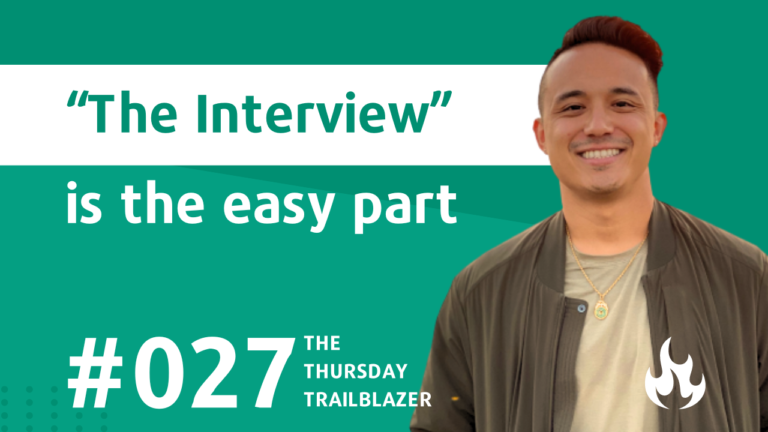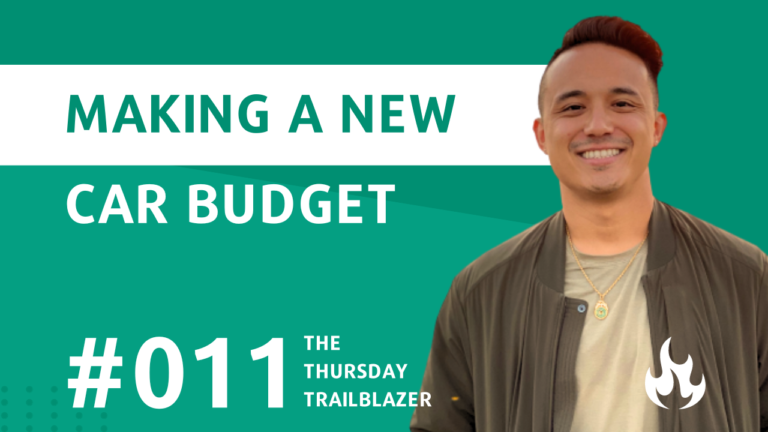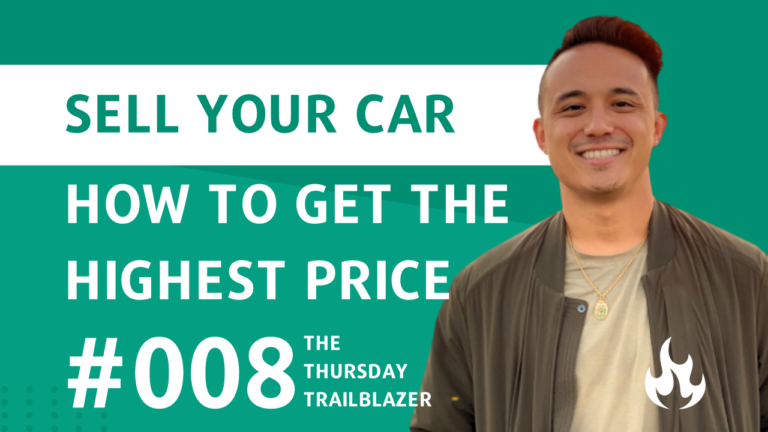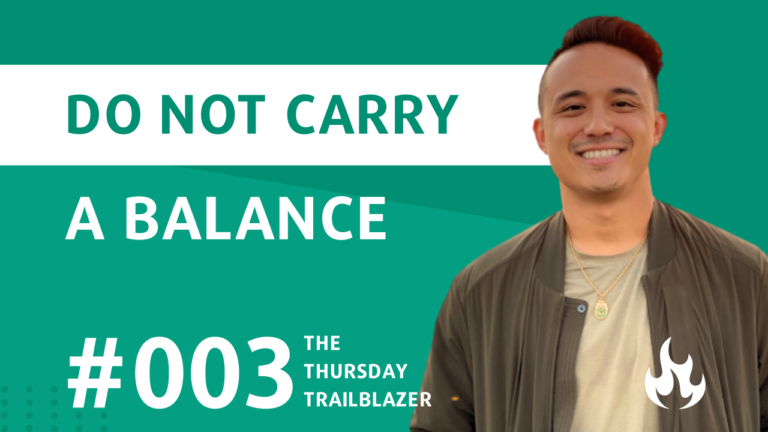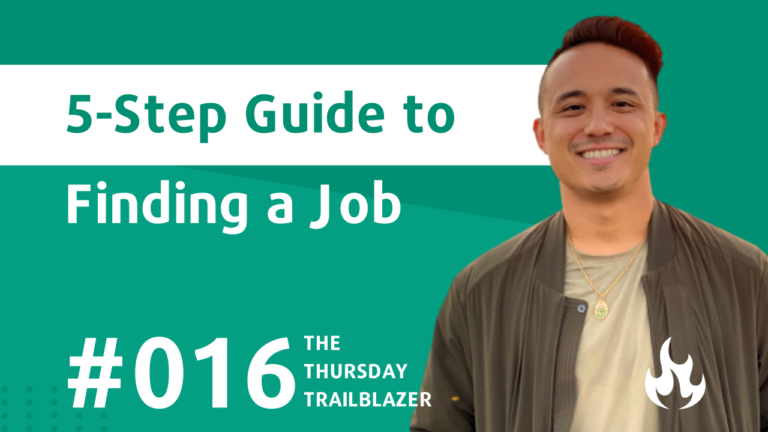T3 #019: Top 3 Tips For Making a Great Resume
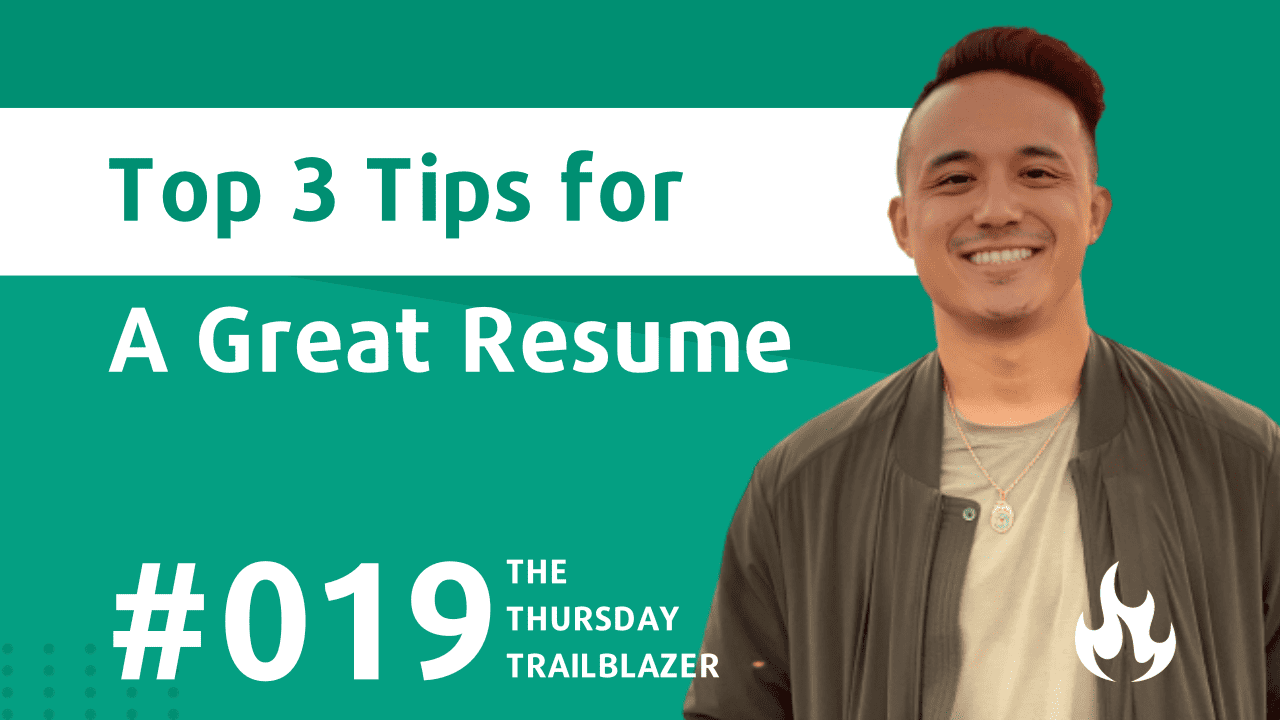
(This is a special series of my newsletter – the fourth in a series of posts sharing insights, tips, and actions that you can implement when you are searching for a job either to leave your current one, or due to a recent layoff. The principles in the following series can be largely applied to both situations and adapted to your specific scenario. Best of luck in your journey!)
The average resume is reviewed for 6 seconds.
And that’s if you’re lucky enough to actually have a person looking at it.
Most end up in the digital trash can and will never see the light of day. 🚮
So, what makes a resume standout?
Over the past decade, I’ve reviewed 1000s of resumes.
Some were great! 😃
Most were terrible. 👎️
Even after being filtered out by the application systems…
…there were resumes that would have been lucky to have more than 2 seconds of my time.
Throughout my time consulting with Deloitte or searching for early team members at venture-backed startups…
…those who were called back made sure to include these top 3 resume tips.
And I’ve included how to do the The 3-second Resume Test to make sure your resume isn’t just a mess of words.
Top 3 Tips For Making a Great Resume
1. Selecting the Right Resume Template
If you go online, you’ll find 1000s of resume templates.
Heck, even Microsoft Word has a few.
I’m not going to specifically say which template to use…
…but rather focus on what to look for when selecting a template.
Before we select a template it’s important to note that not all of the page is treated equally.
In most cases, less than half of the page will receive most of anyone’s attention.
But wait, my resume is more than one page!?!?
❌ Do not make your resume more than one page
There are some rare, and I mean rare scenarios where this might be acceptable – but broadly speaking, avoid more than one page.
And don’t think you’re sneaky by making the font smaller than 12 pt and reducing the side margins to less than 0.25″.
Don’t do that.
In the diagram below, there are two points to consider when you are selecting a template and starting to populate with your experiences.
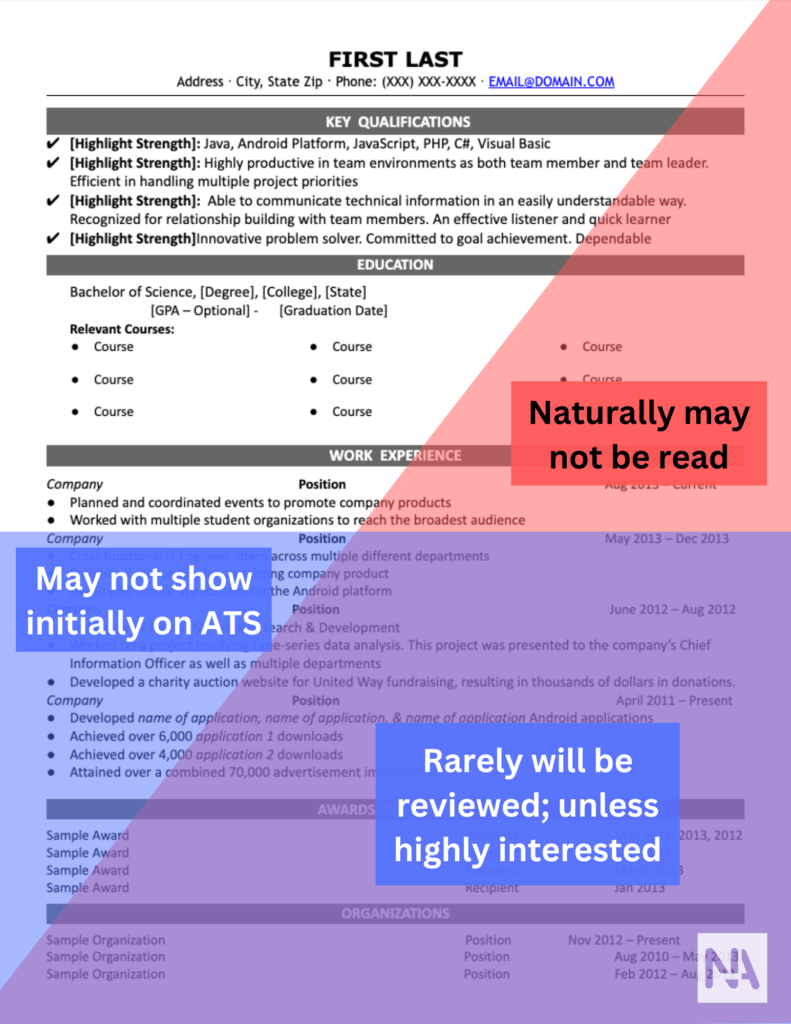
People will naturally start to skim your resume (Zone: Red)
Towards to top of a resume, people may read through an entire line from left to right across the paper.
As they start to progress down your page, they will start to read less and less.
Don’t believe me?
Try it yourself.
Pick up a book and start to skim through the page.
You’ll notice that as you start to go further down the page, you’ll start to look for only keywords rather than read each and every word.
Recruiters will skim your resume in the same way.
Not all of your resume will show up at once for a recruiter (Zone: Blue)
When you apply for a job online – you will need to populate a ton of details, sometimes repeating the information that is already on your resume, for the recruiters to review.
Depending on the system the recruiter is using – known in the industry as an Applicant Tracking System (“ATS”) – when your resume shows on their screen – it’s only going to show a portion of it.
If you do not capture the recruiters’ attention in those first few seconds, they will not scroll to read more.
What that means is that you need to prioritize the information towards to top to really have some of your best work to capture their attention.
❌ Remove the picture of yourself
❌ Remove the objective – they know what role you’re applying to already
✅ List the most relevant information that the Recruiter is looking for
Now identifying the most important information is going to depend on the role you are applying to.
If it’s an entry-level role, they are going to be interested that you may have graduated with a degree they are searching for – so put that towards the top.
If it’s a more senior role, you will want to highlight your relevant experience and move your education sections toward the bottom.
The job posting will provide tips for what they are specifically looking for. Use the job posting to help you determine what’s most important to them!
How to Evaluate a Resume Template
I remember when I was first starting out, I had no idea where to get started.
My first attempt was going to the SJSU Career Center.
There were some resources and guidance available…
…but they still required some work on my end.
Here are the templates that I’ve used over the years in the different phases of my career.
Everyone at the end of the day will have their own preference, but so far – these have worked well for me.
But just remember –
Having something that “looks pretty” is great, but if you look back at the section that we just reviewed on the most valuable areas of your resume…
…you’ll notice that many of those “Google Templates” are completely wasting that space.
2. Prioritize Your Experience that Matters First
This is going to a fast-follow to how you select a template…
…but too often people are still using a college-level resume after they have collected years of experience.
When you are just graduating from college, assuming you didn’t have any internships, your experience is mostly going to be your degree and some projects.
In almost 99% of the cases – your education and list of skillsets should not be at the top of your resume.
We can touch a little bit more on a quick activity you can do to pressure test what stands out on your resume later in this article…
…but here’s what you want to test:
If I look at the top quarter of your resume, what stands out about you that makes me want to read more?
Now if you have something that is interesting and relevant to the role that you are applying to…
…you need to format it so that someone can understand what you are saying.
If you are using one of the resume templates that I provided, you’ll see that some of them have this formula within each job description:
Job Experience Layout: [Power Word] [Impact] [How you made that Impact]
Let’s break down each of these three parts so that you can be a MASTER at completing your resume.
Power Words
Sometimes also known as Action Verbs or Resume Words…
…the key thing to take away is to start each bullet with a verb to SHOW (not tell) the recruiter what you did in this role.
There are many sites that you can find through Google.
Here are two to help get you started: Novo Resume, The Muse
Just remember that you are not just copying the job description.
Impact
This is the part where you can start to show what you accomplished in this role.
Let’s use an example to help illustrate this.
We will use the example where we are a Sales Associate at a retail company.
So I’ll start with a Power Word, let’s go with “Increased”.
I’ll combine it with my impact on “sales”
If we put those together, the starting of this bullet would read: “Increased sales”
Well that is awfully short and lacks any details, so let’s go into the next section and add “how”
How you made that impact
If we want to provide context to how we made an impact in our role, this is where you can do it.
We have “Increased sales” so far, so now let’s add the “how.”
An example could be: “Increase sales by developing a sales onboarding handbook for all new hires”
Already you are starting to stand out from other sales associates that work in a retail environment…
…but let’s make it even better!
3. “Show, not Tell” About The Impact You Can Make
Include numbers and metrics in every position’s description is what will set you apart from the others also applying.
Why?
Because it demonstrates the magnitude your impact!
If you aren’t already keeping in a notepad the scale of the projects and tasks you are responsible for…
START NOW!
Which of these candidates would you want to learn more about:
1️⃣ Candidate A: Increased sales by developing a sales onboarding handbook for all new hires
2️⃣ Candidate B: Increased sales by 20% in 6 months across 13 locations by developing a sales onboarding handbook that was used to train 27 new hires
We can probably continue to wordsmith that even more, but you’ve already jumped well above anyone else that may be putting together their resume.
But Nick,how do I know what metrics to include?
I’m glad you asked. 🙂
Here are a three questions that I ask myself when I was coming up with the description for the sales role:
- Start vs End Results. By how much did the sales increase by (either % or absolute number)
- Time Duration. Over what time duration did the sales increase by
- Impact. How many new hires were affected by this change
But how do I find these numbers or metrics?
One of the first things that I do is ask my manager or other team members.
If they ask why – you can always say that it’s for your own knowledge to better understand the impact of your work.
Usually, the information is a lot more available than you might think.
Recap: The Top 3 Tips to Make Your Resume Go From Good to Great
1. Selecting the Right Resume Template
White-space is your friend.
It helps guide the eye. 👀
Find a template that is easy to read with zero distractions and aligns with where you are at in your career.
2. Prioritize Your Experience that Matters First
Working at Chuck E. Cheese’s 10 years ago is great – it’s where I got my first job –
But it isn’t the most relevant for the BizOps and Product roles that I am pursuing in Tech.
The most relevant experiences that you don’t want anyone to miss should be towards to top! 🔝
3. “Show, not Tell” About The Impact You Can Make
Being a sales associate is too general.
Being a sales associate at a retail store that sells $1.3 million a year is very different than an associate that is working at a middle-of-the-mall kiosk stand that sells $50,000 a year.
Use numbers and metrics to show the magnitude of your impact. 💪
💡 Action Steps
📔 List of Your Positions and Impact. You do not need a finalize list after your first pass. Just start jotting down everything that you’ve done. As you iterate, you’ll notice you’ll be able to add more detail each time or know what metrics to start looking for. This will also give you a shortcut list to tailor your resume depending on the roles you are applying to.
🗓️ Select a Resume Template. You can grab one from my list of free resources or Google different ones. You do not have to create one from scratch. Find one that fits your criteria and start populating it!
🎲 Activity: “The 3-second Resume”
Do you really want to know if your resume is getting across the core information you want?
Try this activity. If you can find a stranger – it’s even better!
Note: You’ll need something to keep the time, like the stop clock on your phone.
- Print a couple of copies of your resume.
- Hand someone a pen and your resume face-down.
- Provide them the following instructions: “When I say go, please review the resume and try to gather as much information as you can within 3 seconds. When I tell you time is up, flip the resume to its blank side and start to write down anything you can remember.”
- Allow them to fill out the blank side of the resume for 10-15 seconds.
- Review what was written down.
You may be surprised what details really stood out in your resume.
Try this a few times with different people. The less they know about you, the better as it will simulate what a recruiter will take away.
📚 Other Notable Resources
- Last Week’s Post: 9 Things You Should Do When Looking for a Job 🗓️
- Free Resource: Personal Budgeting Template (works for couples too!)
- Free Resource: My Personal Resume Templates
Learn the tactics we should have learned in school without the trail-and-error.
Join me and 67+ subscribers to The Thursday Trailblazer. Every Thursday morning, you’ll receive 1 step-by-step insight to help you level up in the areas of personal finance or career development.

